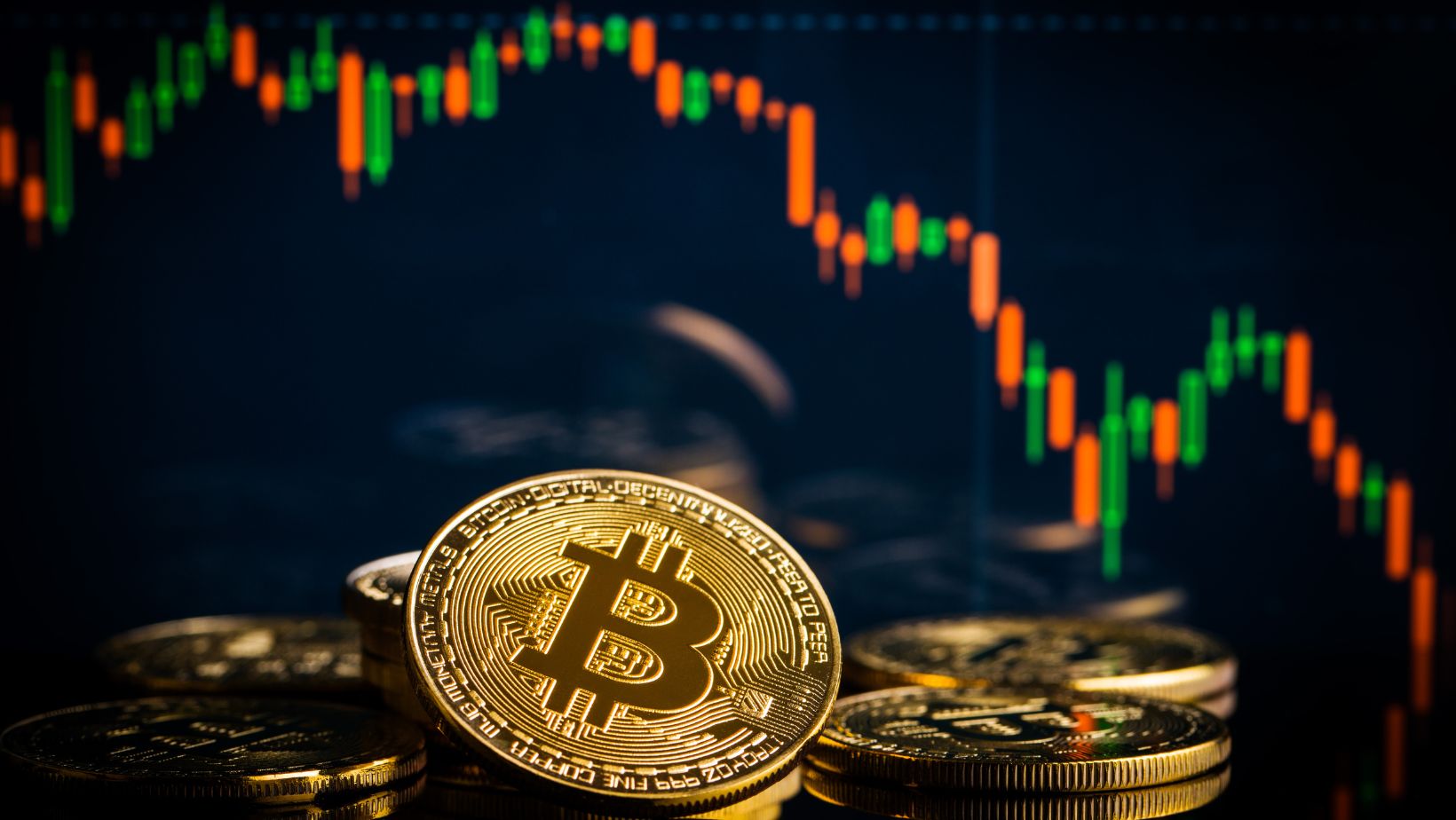Tron is having a moment right now, and it’s not just due to meme coins. Tron’s low fees and fast transaction speeds are catching people’s attention, and it’s becoming much more than just a space for speculative tokens. One of the biggest developments is how Tron is starting to cause a stir in industries like online gaming. But it’s not just about meme coins anymore, there’s a whole lot more happening on the platform.
Lately, Tron has been buzzing with meme coins. More than 500 new tokens were launched on the platform in just a couple of days. Investors are rushing to get in on the action, mainly because of the low fees and quick transactions.
A Look into the Rise of Tron Casinos
The popularity of tron casinos is gaining so much traction amongst players. These casinos run on the Tron blockchain, which is decentralized, meaning no middleman controls the games. Instead, smart contracts make sure everything is fair and transparent. If you’ve ever played at an online casino, you know the usual concerns about whether games are transparent and fair. With Tron casinos, you don’t have to worry about that; these casinos ensure provably fair gaming. Additionally, players use TRX or other supported tokens for deposits and bets, so no more waiting around for long transactions to clear.
One of the standout features of Tron is the speed at which transactions occur. With Tron, deposits and withdrawals are processed quickly, making for a more efficient experience compared to traditional methods. The transparency provided by smart contracts is also a major benefit. Tron casinos offer a higher level of confidence. The blockchain verifies every transaction, ensuring that all actions are transparent and available for everyone to see.
But the benefits don’t stop there. Because the system is decentralized, there’s less overhead, which can translate to better odds for players. This helps create a more equitable environment. Additionally, these casinos are pushing for better, more transparent practices in the gaming industry.
TRON’s Role in the Broader Crypto Ecosystem
TRON has carved out a niche within the crypto landscape by prioritizing scalability and cost efficiency. Initially developed as a content-sharing and entertainment-focused blockchain, it has since expanded its use cases to support decentralized applications (dApps), non-fungible tokens (NFTs), and, increasingly, memecoins.
One of the key advantages of TRON is its ability to facilitate microtransactions at scale. This capability has attracted developers looking to create dApps and has led to the growth of decentralized gaming and betting platforms. For example, the rise of TRON casinos highlights how blockchain-based gaming platforms leverage smart contracts for fair and transparent transactions. These platforms exclusively accept TRX and other TRON-based tokens, further integrating the blockchain into real-world applications.
With TRON’s expanding ecosystem, its ability to attract liquidity and maintain developer interest will play a critical role in determining its long-term position within the industry. While the recent surge in meme coins underscores its growing relevance, sustainability remains a key concern, particularly as speculative trends often experience rapid shifts.
TRON’s consistent commitment to growth and strategic innovation positions it as a goof contender in the global race for blockchain implementation. By streamlining payment options and opening up the system to more inclusivity, TRON is not just improving digital transactions – it’s enabling people everywhere. TRON’s impact in the crypto space will undoubtedly continue to grow, paving the way for a brighter, more accessible, and secure financial future.
Bitcoin’s Market Outlook Amid FOMC Uncertainty
While meme coins and alternative blockchain projects see increased activity, Bitcoin remains tethered to macroeconomic developments. The upcoming FOMC meeting is expected to provide crucial insights into the Federal Reserve’s stance on interest rates, which could significantly impact Bitcoin’s price movement.
Over the past two years, Bitcoin has exhibited growing sensitivity to macroeconomic conditions, particularly monetary policy shifts. As inflation concerns persist, investors are closely monitoring whether the Fed will maintain its current stance or signal potential rate cuts. Historically, an aggressive monetary policy characterized by higher interest rates has put downward pressure on Bitcoin and other risk assets by tightening liquidity.
Conversely, any indication of policy easing could catalyze Bitcoin’s next upward move. If the Fed signals a pause or potential rate cuts in the coming months, it could drive renewed institutional interest in digital assets. However, with inflation still a primary concern, there is little certainty about the direction the FOMC will take.
Institutional and Retail Sentiment in the Crypto Market
The contrasting developments between speculative meme coin trading on TRON and Bitcoin’s macro-driven positioning illustrate the current split in investor sentiment. Retail traders continue to engage in high-risk, high-reward strategies, capitalizing on volatile assets like meme coins. At the same time, institutional investors remain focused on broader economic trends, adjusting their portfolios based on macroeconomic indicators.
Bitcoin’s role as a hedge against inflation and an alternative asset class has been a topic of debate. While proponents argue that its fixed supply and decentralized nature make it a strong store of value, critics point to its correlation with traditional equities, particularly during periods of economic uncertainty. The upcoming FOMC decision may offer further clarity on whether Bitcoin can decouple from traditional markets or remain subject to macroeconomic pressures.
TRON’s increasing relevance within the crypto space raises questions about blockchain adoption trends. The surge in meme coins suggests that speculative interest remains a driving force in the industry. However, whether this trend can translate into the sustained adoption of TRON’s infrastructure for broader applications remains to be seen.
Regulatory Considerations and Market Risks
As speculative assets continue to gain traction, regulatory scrutiny remains a key concern. Meme coins, by nature, are highly volatile and susceptible to manipulation, raising potential concerns for regulators. The lack of oversight in these markets increases the risk of fraudulent projects and rug pulls, where developers abandon projects after securing investor funds.
For TRON, increased attention on its growing ecosystem may invite regulatory oversight, particularly if meme coin speculation continues at its current pace. While TRON’s low fees and efficient transactions provide a competitive advantage, the sustainability of its current momentum depends on maintaining legitimacy within the broader financial landscape.
Bitcoin, on the other hand, has seen increasing regulatory discussions worldwide. While some countries have embraced it as a legitimate financial asset, others continue to implement restrictions on its use. The FOMC’s decision may influence broader discussions on how Bitcoin fits within global financial systems, particularly as central banks explore the implementation of digital currencies.
What Lies Ahead for TRON and Bitcoin?
The coming weeks will be critical in determining the direction of both TRON-based assets and Bitcoin. For TRON, continued adoption and network activity will play a role in sustaining its growth. If meme coin speculation continues to drive engagement, the blockchain could solidify its position as an alternative hub for high-volume transactions. However, long-term sustainability will depend on broader adoption beyond speculative trading.

For Bitcoin, the FOMC’s decision will provide key insights into market sentiment. A more non-aggressive stance could reignite bullish momentum, while a continued hawkish policy may result in further volatility. Regardless of the immediate outcome, Bitcoin’s role as a macro-sensitive asset underscores its evolving relationship with traditional financial markets.
Macroeconomic conditions—such as inflation, interest rates, and overall stability—can have a profound effect on Bitcoin’s price. Termed “digital gold,” Bitcoin is perceived by some as a hedge against inflation. During an economic downturn or financial crisis, investors may flock to Bitcoin, pushing its price up as an alternative store of wealth. Events like the global epidemic demonstrated this trend, as many turned to Bitcoin during economic uncertainty.
In the broader context, these developments highlight the ever-changing nature of the cryptocurrency industry. While speculative trends can drive short-term activity, long-term adoption will depend on technological advancements, regulatory clarity, and the ability of these assets to integrate into mainstream financial systems.
Regulatory clarity plays a critical role in shaping the future of digital assets. As governments and financial institutions work to establish frameworks that protect consumers and maintain market integrity, clearer guidelines will foster a more predictable environment. This regulatory certainty is vital for attracting institutional investment and integrating cryptocurrencies into the broader financial system.
The long-term success of the cryptocurrency industry hinges on its ability to bridge the gap between innovative technology and mainstream financial practices. Achieving this integration will involve not only technological and regulatory progress but also the development of user-friendly platforms that facilitate seamless interaction between traditional finance and emerging digital assets.









